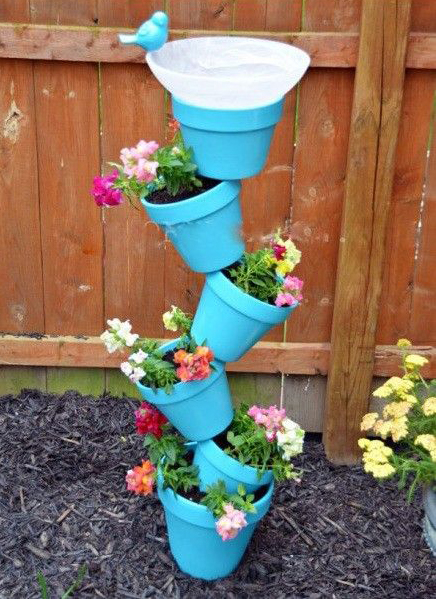Have a great week!
Melissa
Chang "My" Noodles
While pregnant with my oldest daughter, I craved this soup
constantly. When my local Thai food restaurant, Typhoon, took it off the
menu, I had a pregnancy-hormone induced breakdown in their lobby. There were tears. And sobbing. I'll leave it at that. As a compromise (mostly, I believe to get me out of their lobby), the
chef agreed to make it for me every Monday, on which my husband picked it up
weekly on his way home from work.
The restaurant closed last year, but luckily, without pregnancy hormones I could be creative enough to learn how to make it myself rather than throw a tantrum (although I think there may have still been some tears). After some research, I was
able to adapt a Seafood Hot Pot recipe by Sam
Hazen from Self Magazine (November 2006) to reflect the flavors of this traditional soup from the Chang Mai region of Thailand (an area known for its beautiful silver). This soup is also good with shrimp in
place of the chicken.
1 Tbsp of olive oil
1 small diced onion
2 thinly sliced shallots
1 minced clove of garlic
1 large thinly sliced raw chicken breast
1 cup of sliced mushrooms
3 cups of chicken stock
1 can of coconut milk
½ tsp Thai chili paste
2 Tbsp fish sauce
3 Tbsp of rice vinegar
1 tsp curry powder
1 Tbsp soy sauce
1 Tbsp sugar
4 ounces of rice noodles
1 lime, juiced
2 cups of baby spinach
6 sprigs of cilantro, plus some chopped for garnish
1 cup of bean sprouts
1. In the olive oil, sauté the shallots, garlic and onion until soft, about 3-5 minutes.
2. Add the chicken breast to
the onion mixture and cook for 1-2 minutes. Add 1 cup of mushrooms and cook for an additional 1-2 minutes.
3. Add chicken stock, coconut milk, rice
vinegar, fish sauce, Thai chili paste, curry powder, soy sauce and sugar. Bring to boil over
medium high heat.
4. Add cilantro and simmer for 10 more minutes.
5. While simmering, bring a medium
saucepan of water to boil. Stir in rice noodles and remove from heat. Let stand 7-10 minutes until
soft. Drain.
6. Remove cilantro. Season
soup as desired with the juice from one
lime.
7. Add baby spinach and allow to wilt.
7. Divide noodles between 4 bowls
and top with soup. Garnish with bean
sprouts and chopped cilantro.
PS - If you are in the Los Angeles area, be sure to try out AmazonFresh grocery delivery services, now available in your area. We've been using it here in Seattle for years and its great!






